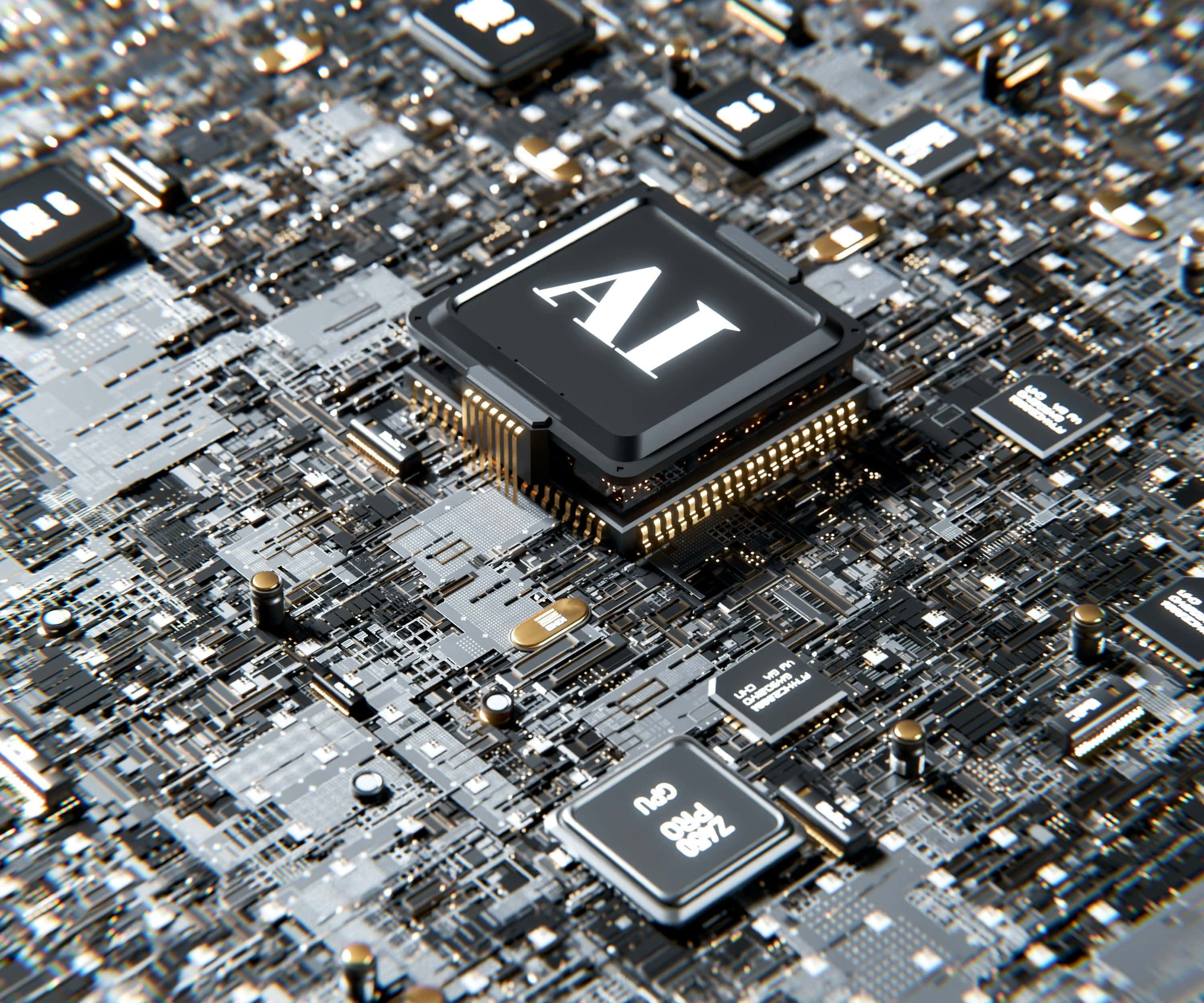By Sakshi Kabra Malpani, Publishing Associate: Researcher and Writer at Save the Water™ | August 28, 2024
Edited by Joshua Awolaye, Publishing Associate: Editor at Save the Water™
Artificial Intelligence (AI) has emerged as a powerful tool in revolutionizing wastewater treatment. Wastewater treatment is a complicated issue, partly because it is controlled by many process parameters. Treating wastewater and reusing it for drinking purposes can solve the problem of limited number of water resources.
AI’s integration into wastewater treatment processes promises to enhance efficiency, reduce costs, and improve overall quality of treated water. It is a data-driven technique which can provide innovative solutions to complex problems.
How Does AI Work in Wastewater Treatment?
AI integrates with Internet of Things (IoT), using algorithms for data analysis, predictive modeling, real-time monitoring and control of wastewater treatment techniques. IoT refers to the network of physical devices equipped with sensors, remotes, software and internet connectivity.
For efficient wastewater treatment, AI and IoT systems are well-fitted with various sensors. These sensors can measure flow rate, pressure, water quality and collect datasets. Using these datasets, predictive models are generated and optimized to forecast the outcome.
AI, aided by machine learning (ML) models, uses learning algorithms to determine the correlations between input and output values. Artificial Neural Network, Deep Learning, Search Algorithm, Support Vector Machine are the most common ML models used for wastewater treatment. These models are primarily used in process design and lab scale research. These models are utilized in different phases of wastewater treatment involving removal of heavy metals, color, microbial contaminants, organic materials, harmful dyes, and pesticides.
Applications in Wastewater Treatment
AI combines with traditional techniques and helps in efficient wastewater treatment in the following ways:
- Real-time Monitoring and Control: AI systems regularly monitor and collect data on several wastewater treatment parameters like pH, temperature, oxygen demand, and chemical concentrations. ML algorithms analyze this data in real-time, enabling precise control and adjustment of treatment processes to maintain optimum conditions.
- Predictive Maintenance: AI can predict future equipment failures by analyzing historical data and identifying patterns indicative of potential issues. This can help in cutting down on maintenance costs.
- Error Detection: AI systems can detect technical errors in the treatment process, such as sudden changes in pollutant quality or equipment faults. It then warns operators to take corrective measures quickly. It can also forecast flood risks.
- Enhanced Decision-Making: AI algorithms can process immense data to identify trends and patterns that human operators may not easily notice. This information helps in making decisions about process adjustments and improvements.
- Water Quality Assessment: Proactive AI models help predict treated effluent quality, ensuring it meets regulatory standards before discharge to avoid potential penalties. AI sensors can also determine the characteristics and origin of water pollutants, membrane fouling, sources of turbidity, and pathogens. With the help of the collected data, we can get alerts about water borne diseases and epidemics.
- Chemical Optimization: It helps in optimizing the dosage of chemicals required in wastewater treatment like coagulants, disinfectants, catalysts, and adsorbents. Using real-time data and precise calculations, AI can trim down chemical usage, saving costs and minimizing environmental pollution. Researchers are also taking advantage of AI to develop more effective and innovative adsorbents and catalysts for wastewater treatment.
- Energy Savings: AI can bring down energy consumption by adjusting aeration rates, water flow rates, pump speeds, and other energy-consuming processes.
Limitations & Challenges
Despite the impressive work done so far in this field, some limitations and challenges must be addressed.
First, the efficiency of AI systems depends on the quality and availability of data. Incomplete or inaccurate data may lead to wrong predictions and decisions. Ensuring robust data collection and its management is important for the successful implementation of AI.
Next, integrating AI into existing wastewater treatment infrastructure can be quite demanding. This is because designers have to make models that are compatible with current systems and processes. Operators also have to be trained to effectively use these models and tools.
Finally, the initial investment in AI technology is high. It includes expenditure on sensors, physical devices, network and connectivity, and much more.
Nevertheless, long-term benefits like improved efficiency, better water quality, and reliable future predictions can outweigh the aforementioned challenges.
Future Prospects
The development of more sophisticated predictive models will improve the accuracy and reliability of AI systems in wastewater treatment processes.
AI can enable the development of decentralized wastewater treatment systems that are more adaptable to changing conditions. Thus, AI can be widespread and operate even in remote, under-developed regions.
This area of study is still budding, has many gaps, and requires further scientific efforts. Additional funding allocated for this field could address unanswered questions and increase confidence in AI’s capabilities to treat wastewater.




